
Dry patches on face: Causes, treatments, prevention
As our largest external organ, our skin does many things for us. From protecting us from UV rays to regulating our body’s temperature, our skin often becomes our armour! However, even a brave protector like our skin can be troubled sometimes. Winter is the time when most people experience dry patches on face.
People have different kinds of skin, ranging from dry and oily to sensitive. It's just the way we are, and there's nothing wrong with having one kind of skin or the other. It is only a problem if it causes discomfort in your daily life. If you've been troubled with pesky dry skin patches on face, we bring you a guide to the ins and outs of dry skin and how to take care of it.
What are dry patches of skin?
As mentioned earlier, our skin is the body's shield. Not only is it protective, but the skin also has nurturing functions for the body. The sebaceous glands, located within the dermis layer, excrete sebum, which is a natural lubricant. It helps reduce the friction on our skin's surface, thereby minimising the chance of injury. The sebum also protects our skin from excess environmental moisture and transports antioxidants to our cells, keeping them healthy.
While everyone has sebaceous glands, some people may experience less sebum secretion than others. This can increase the friction on the surface of your face, making it feel dry and tight. Even if you don't have dry skin, you might have experienced a dry, tight feeling right after you washed your face with an exfoliator. Now, let's take it a step further.
If this dryness persists and doesn't disappear after a while, it can feel really uncomfortable. In severe cases, this dryness can be more concentrated in certain areas of the skin, forming dry white patches on face.
What causes dry patches to form on the face?
Many factors contribute to the skin feeling flaky and dry. You can experience this right after washing your face with harsh soap or using hard water that impacts your sebaceous glands. It could also be a genetic skin condition like eczema or atopic dermatitis. Let's look at some of the most common causes of red dry patches on face.
- Cold weather
- Genetic skin conditions like eczema, psoriasis, atopic dermatitis
- Sun damage
- Excessive washing
- Exposure to irritating substances
- Unbalanced skin pH
- Diabetes
- Hypothyroidism
- Allergies
- Dry climates
Our best tips for dry patches on face treatment
If you've been wondering how to treat dry patches on face and identify with any of the above reasons, you'll be relieved to know that these conditions can be cured and treated. Here are some of our best remedy for dry patches on face:
-
Use a gentle cleanser
Dry skin often needs a little extra help preventing water loss from the surface. Strong soaps often have chemicals that irritate and dry out the skin. A gentle cleanser can do just the trick to prevent that! Avoid drying ingredients like sodium lauryl sulphate (SLS), mineral oil extracts, parabens and triethanolamine. Instead, opt for gentler surfactants that don't irritate your skin barrier.
-
Moisturiser is your best friend
When we talk about how to get rid of dry patches on face, you can never leave out moisturiser! Hydration is your best friend in these drying times! A good moisturiser can replenish your skin's moisture and help repair your skin barrier. Look for components like hyaluronic acid- a powerful humectant that draws all the moisture into your skin! Adding niacinamide to the mix makes an even more potent moisturiser! The WaterLight Gel Moisturiser 72 Hour Hydration hydrates your skin for up to 72 hours, making it feel as supple and soft as a cloud. The best part? It's non-greasy and lightweight and adds no extra weight to your skincare routine.
-
Install a humidifier
If you live in a dry or arid climate, your skin might need some extra help accessing moisture that is more than just drinking water. Opting for a humidifier can increase the moisture in your environment, preventing the hydration from being drawn out of your skin.
-
When it doubt, call the derm
While conditions like eczema and dermatitis can be treated through better skincare habits and products that suit you, in some cases, it might be necessary to seek the expertise of doctors. This is especially relevant for generic conditions like psoriasis and atopic dermatitis. Your derm may recommend treatments like red light therapy to help improve the health of your skin. Medications such as corticosteroids can also help in more severe cases.
Prevention and remedy for dry patches on the face
When looking into how to reduce dry patches on face, it is necessary to adopt habits that improve the overall health of your skin. This can be anything from a change in diet and getting treatment for underlying health conditions to simply switching up your moisturiser or getting a new skincare routine.
Here are some quick tips that you can practise:
- Using mild temperature water to wash your face
- Moisturising throughout the day as you need
- Wearing sunscreen
- Avoiding irritating perfumes and fragrances
- Reducing caffeine intake
Also read: 9 Makeup Steps to Follow for Dry Skin
Wrapping up
Looking for dry patches on face treatment can seem quite tedious at first. However, once you are familiar with the causes and your skin's unique needs, it's a matter of time before you master a routine that boosts your skin health. And through it all, it's best to be as gentle as possible to the incredible skin that looks after us daily.







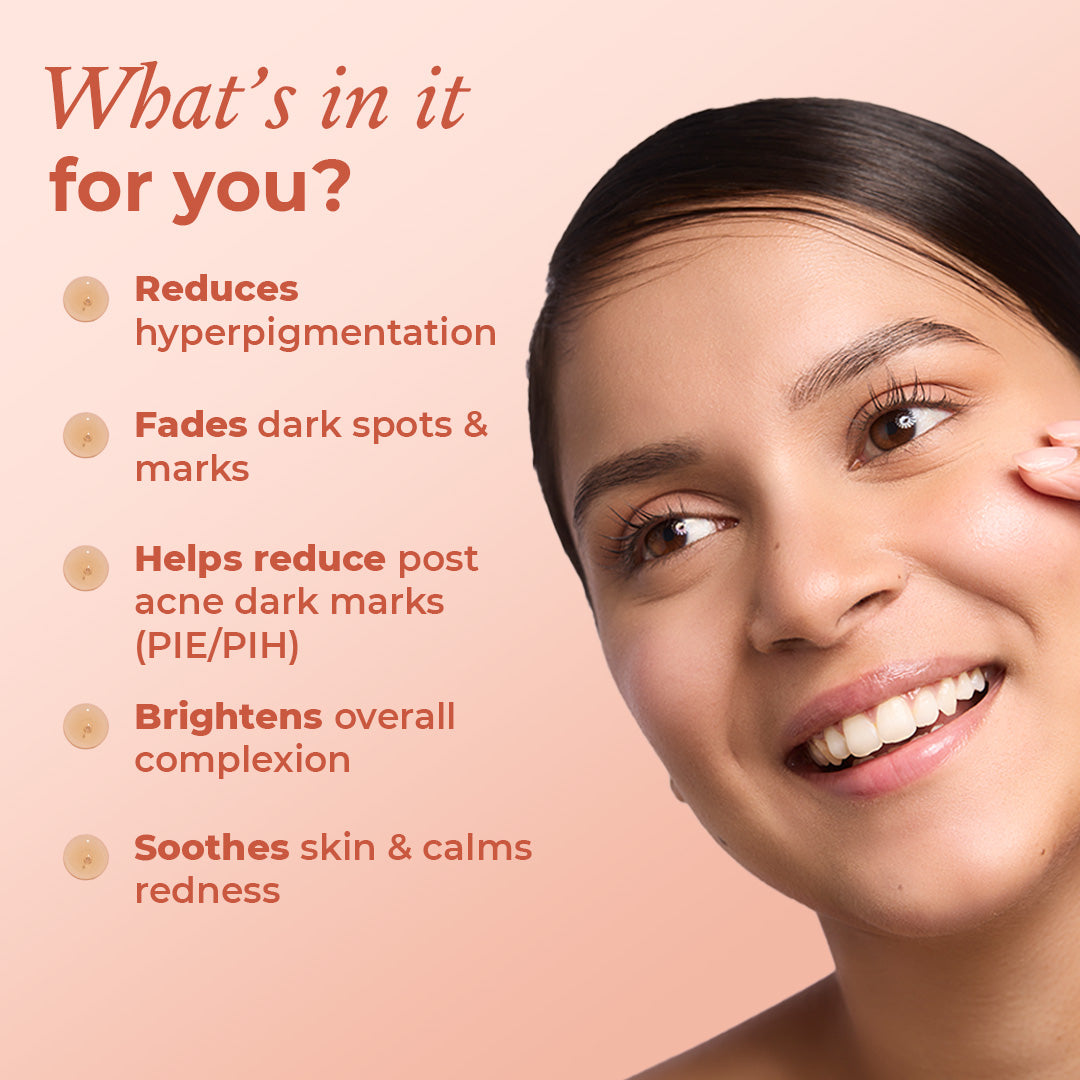

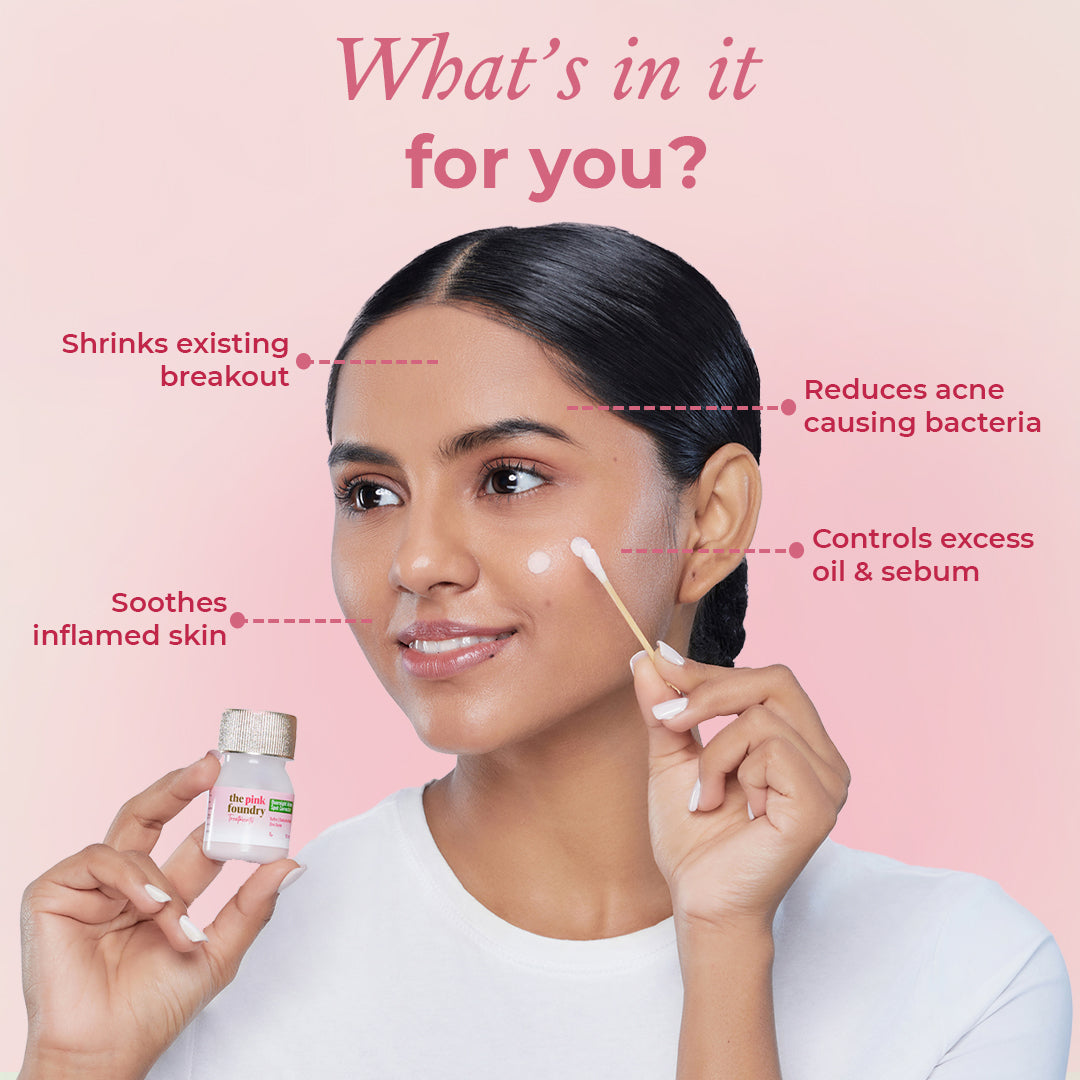
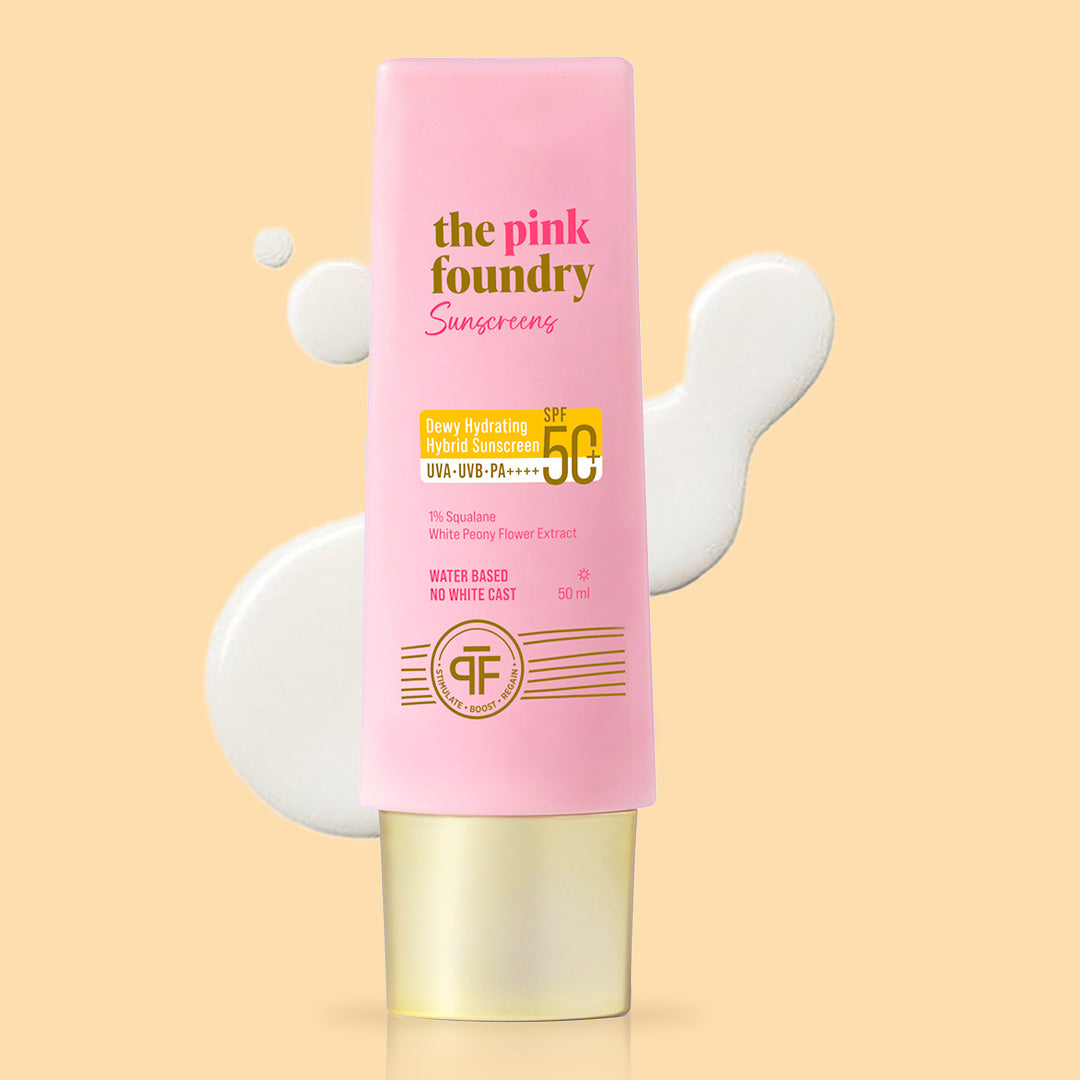
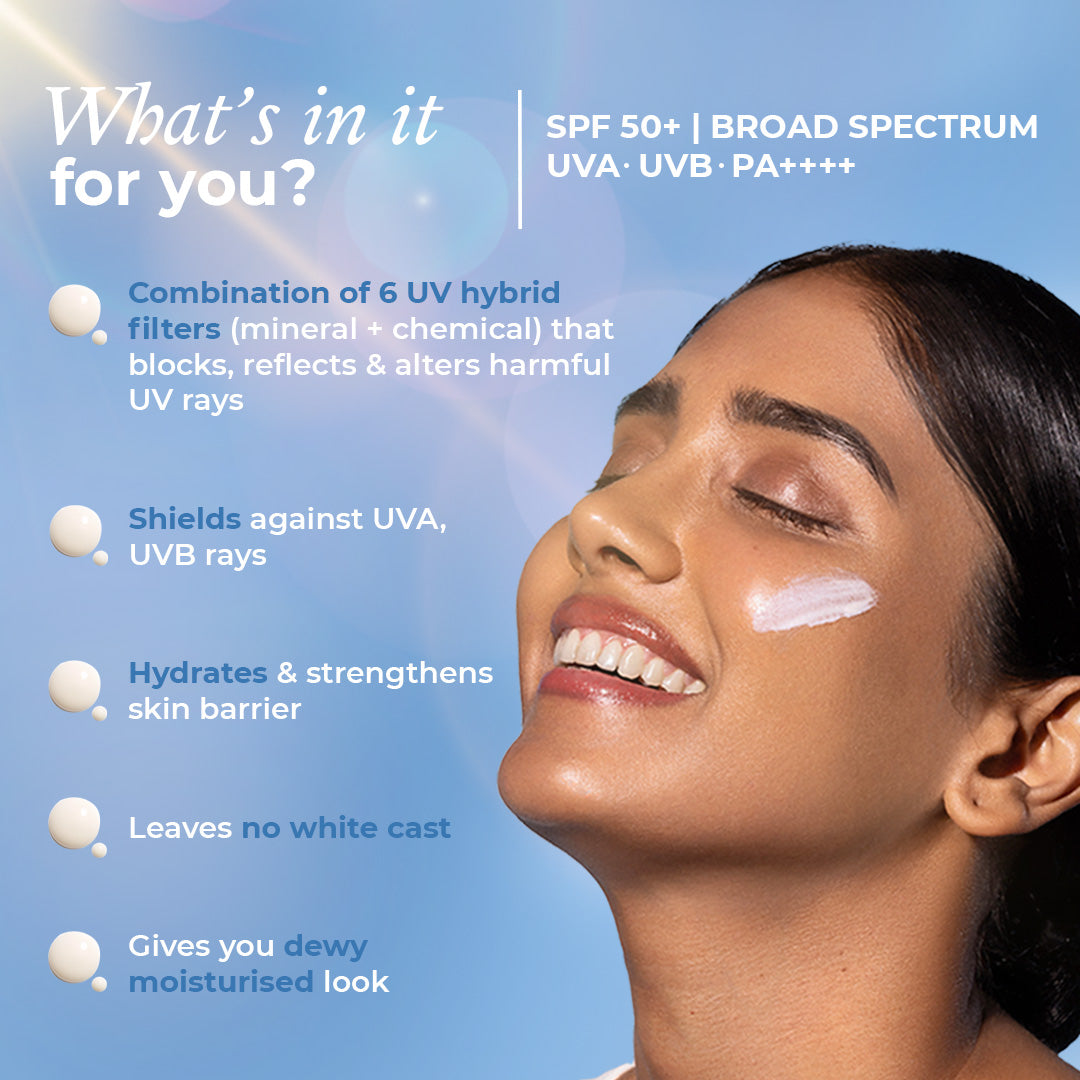
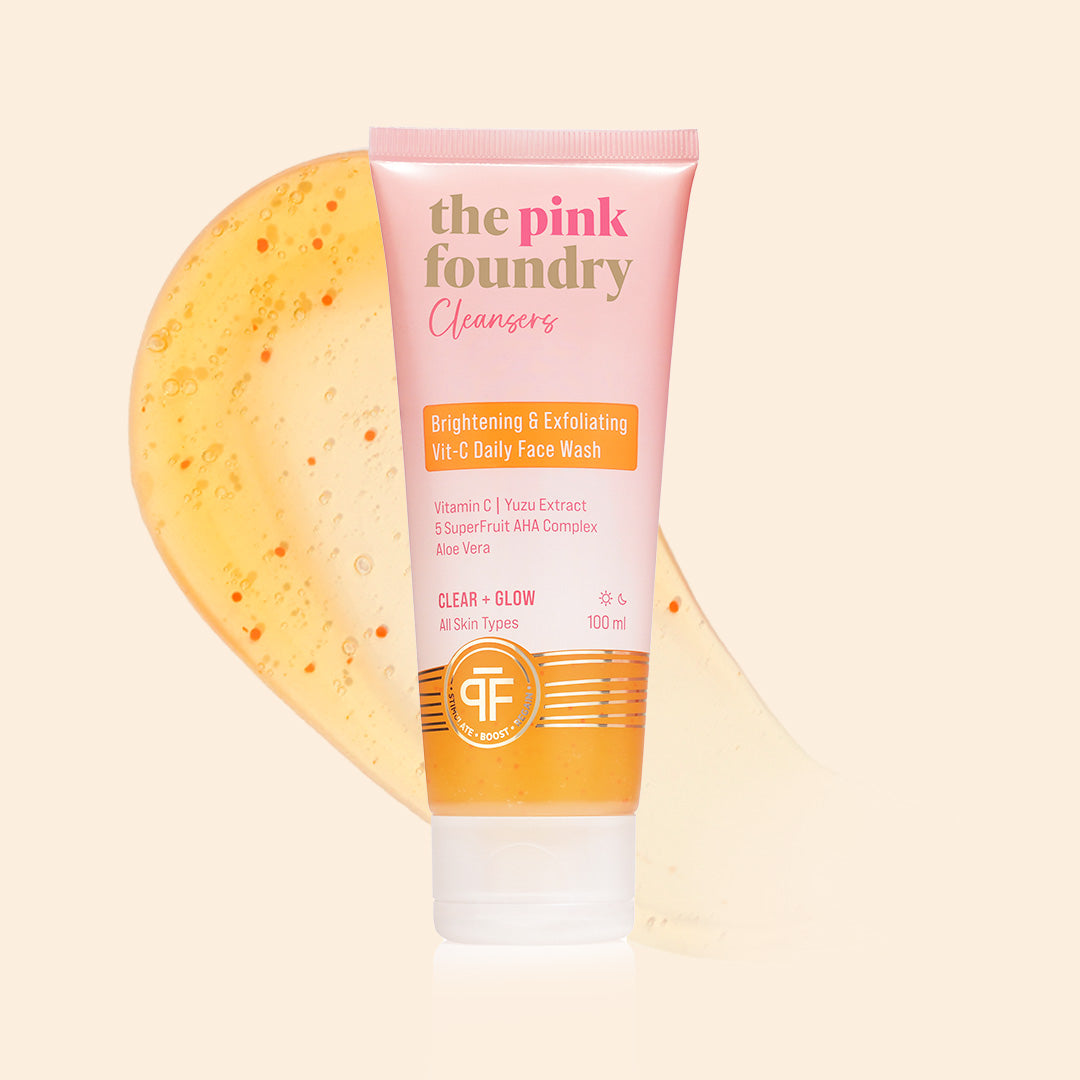
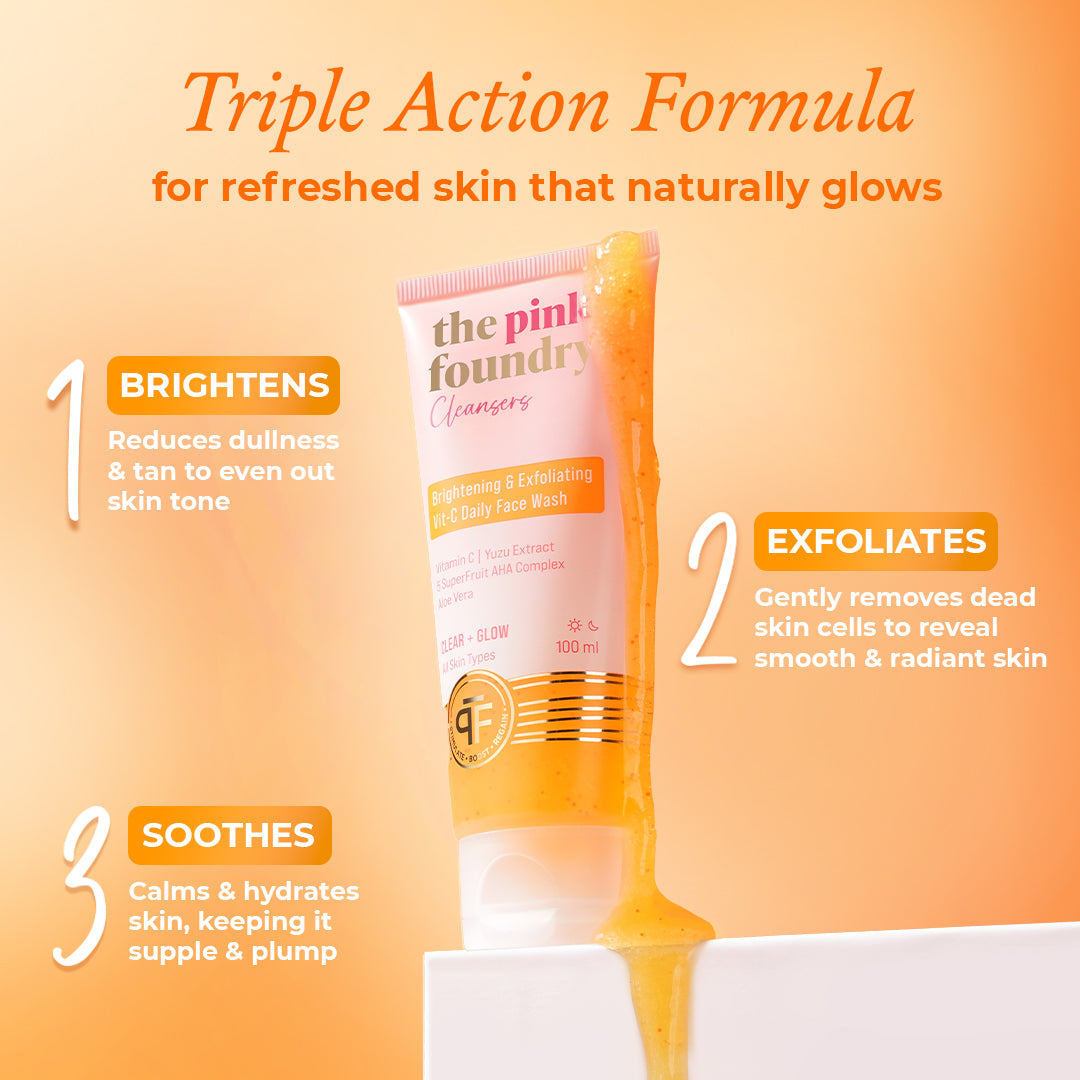
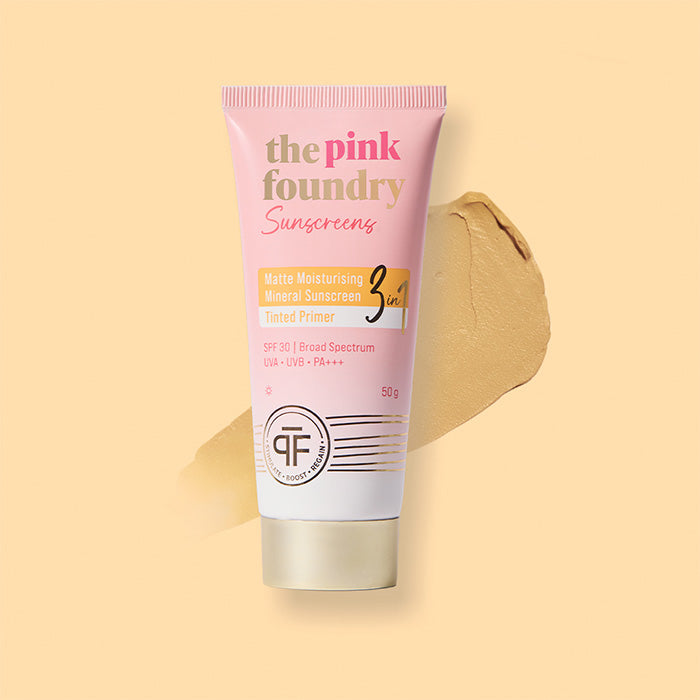
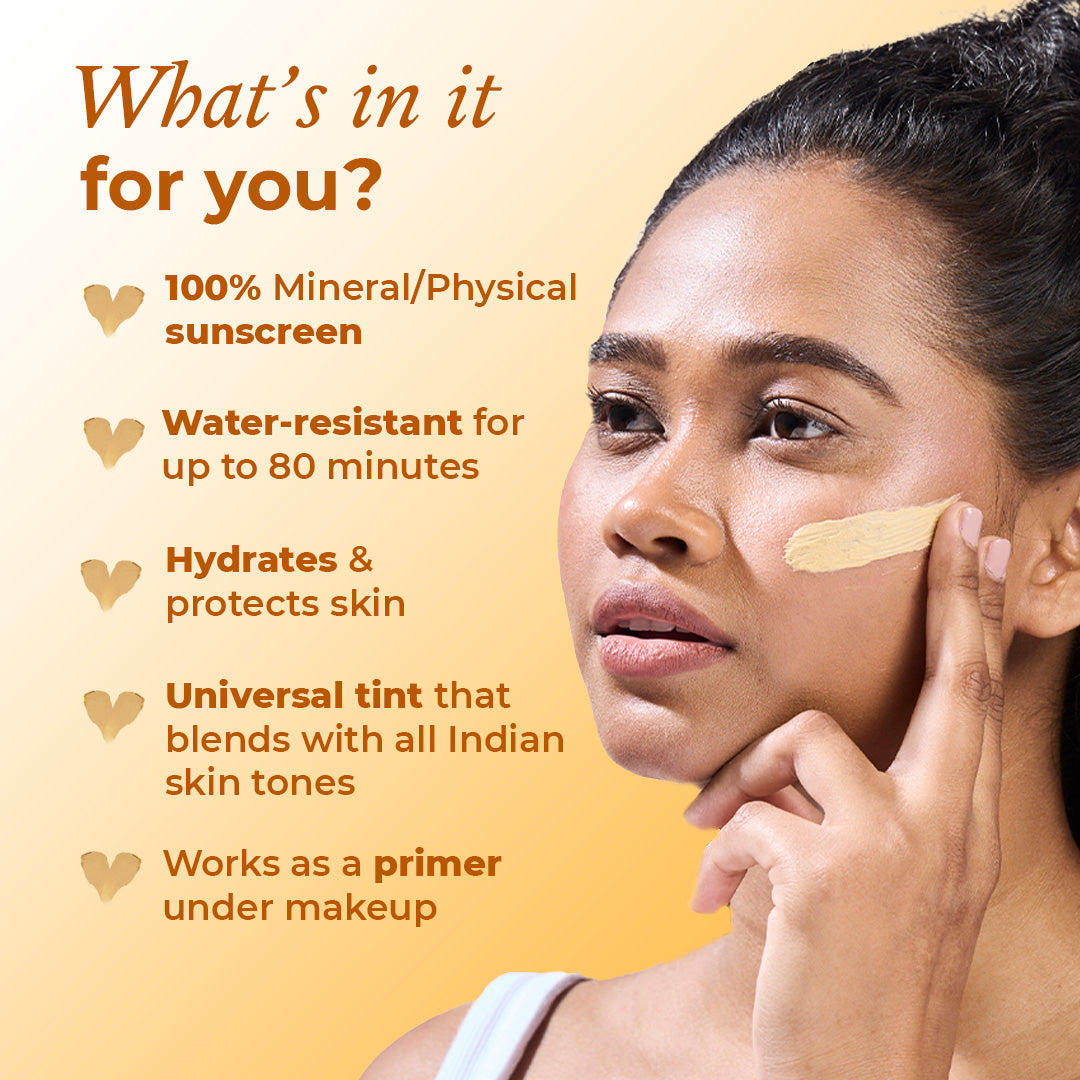
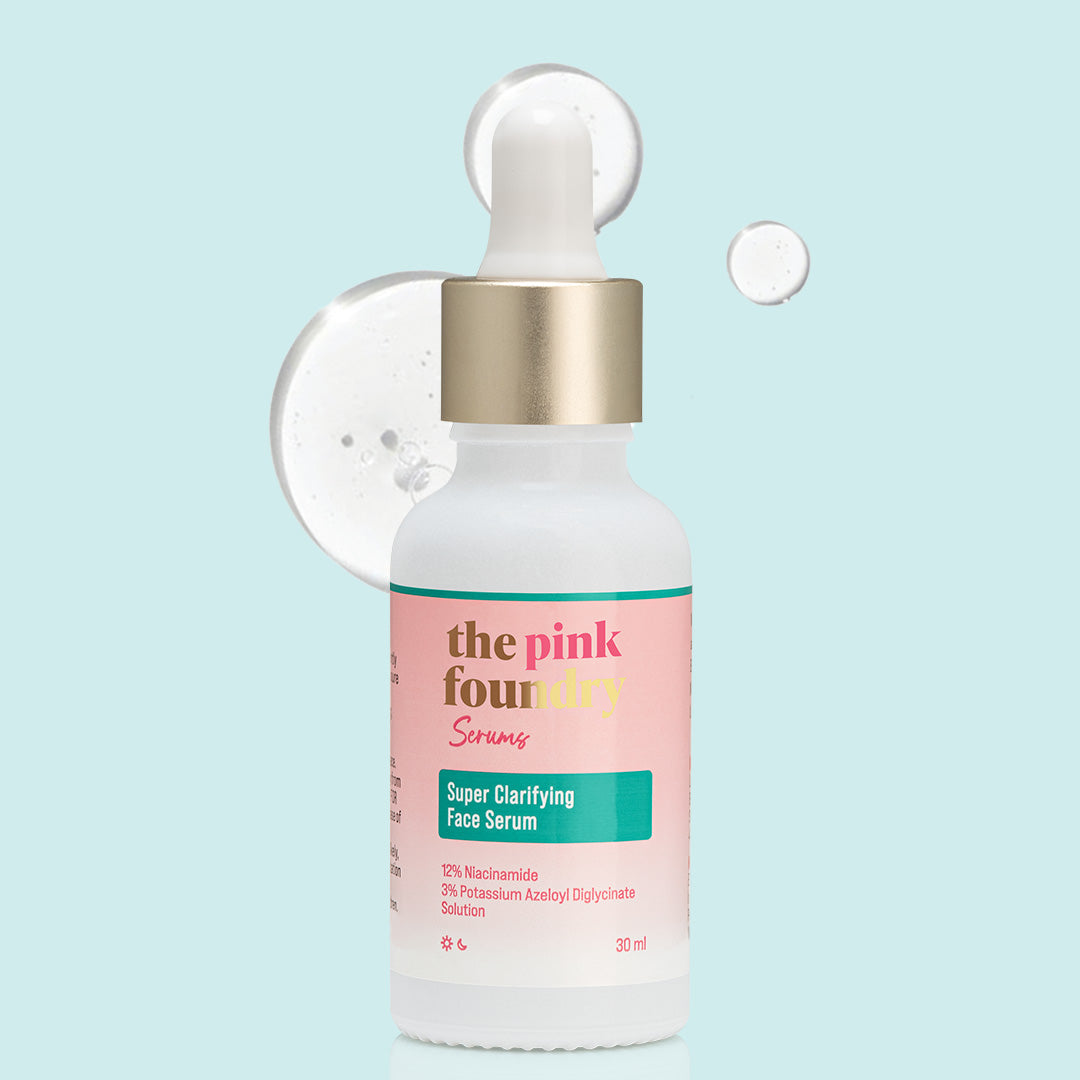
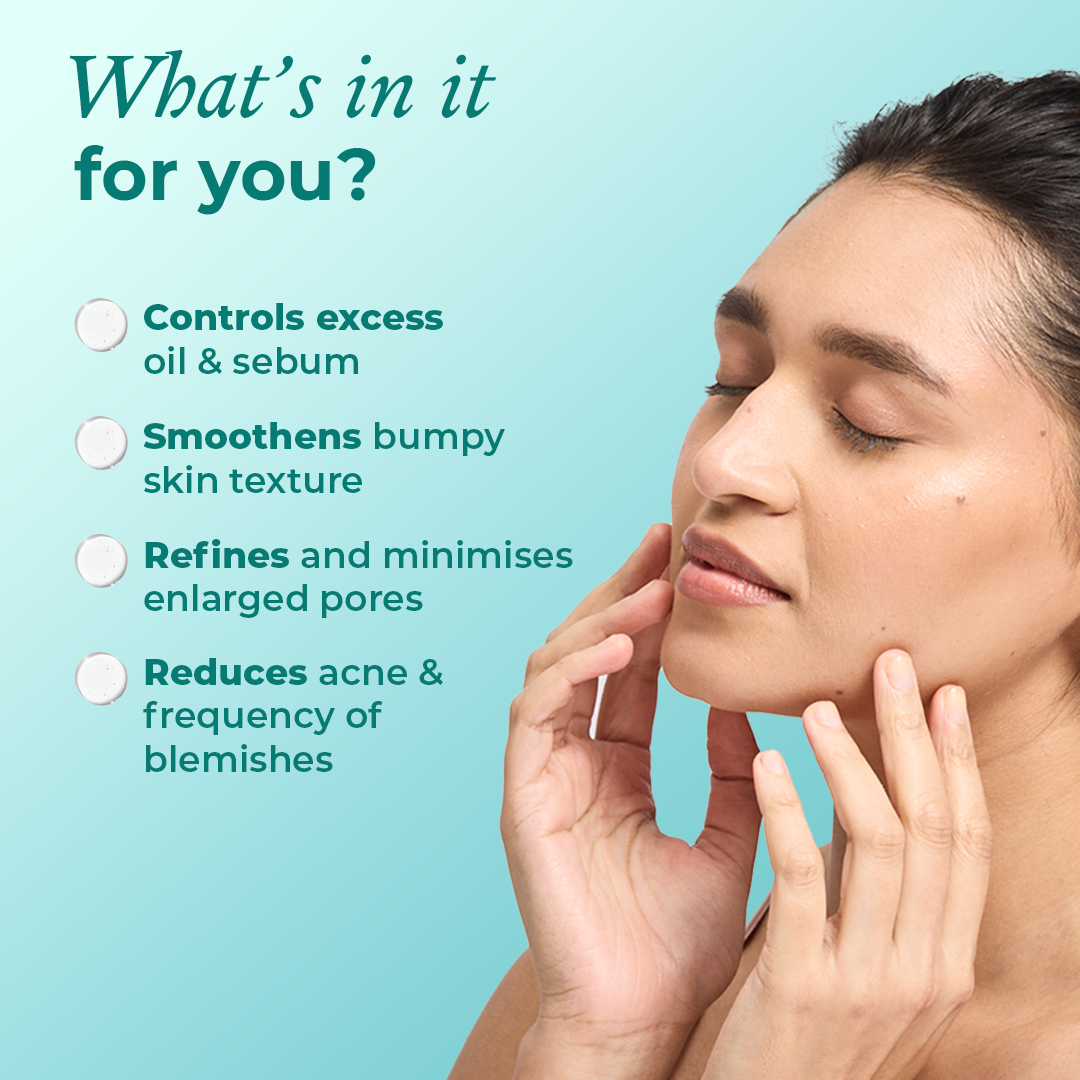

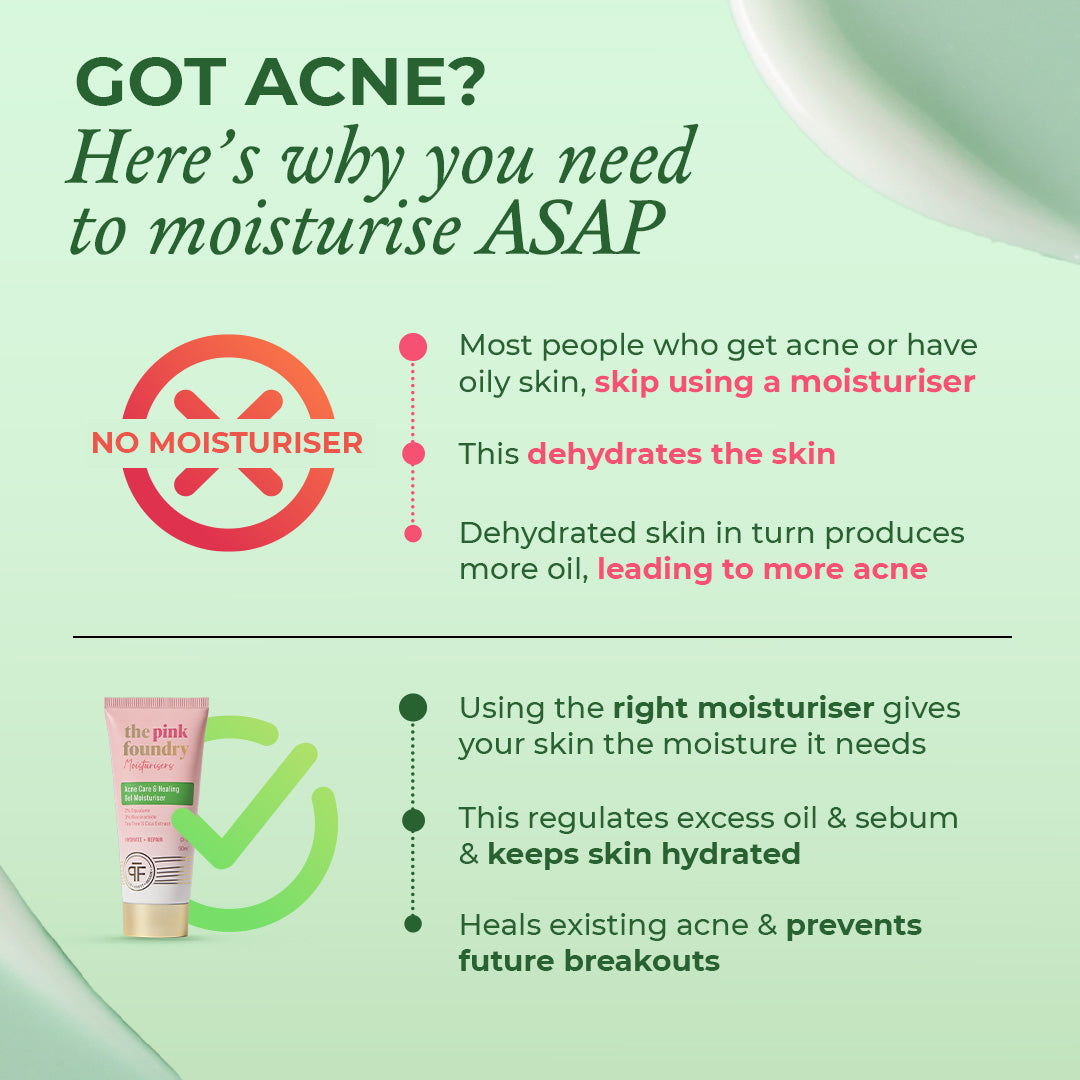
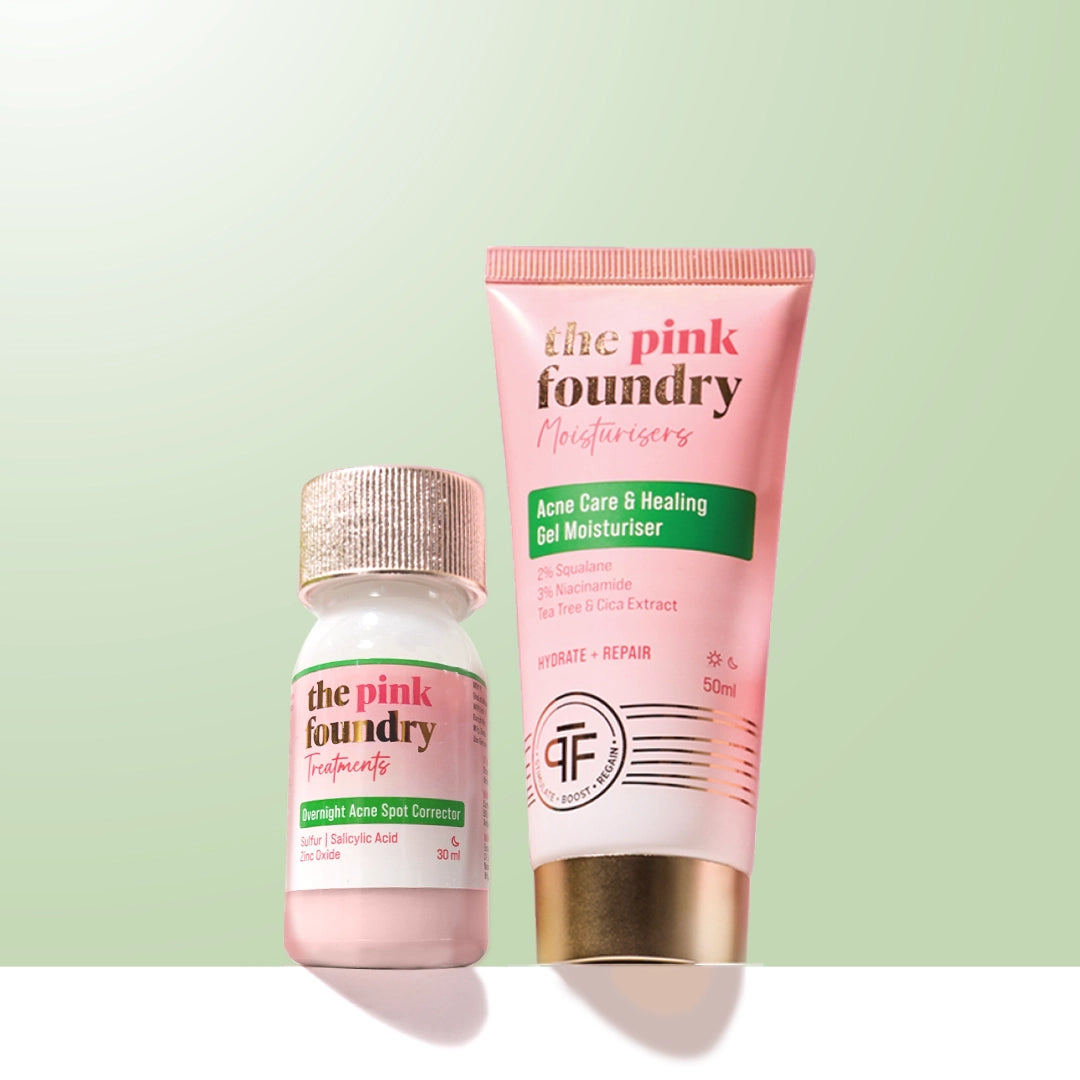
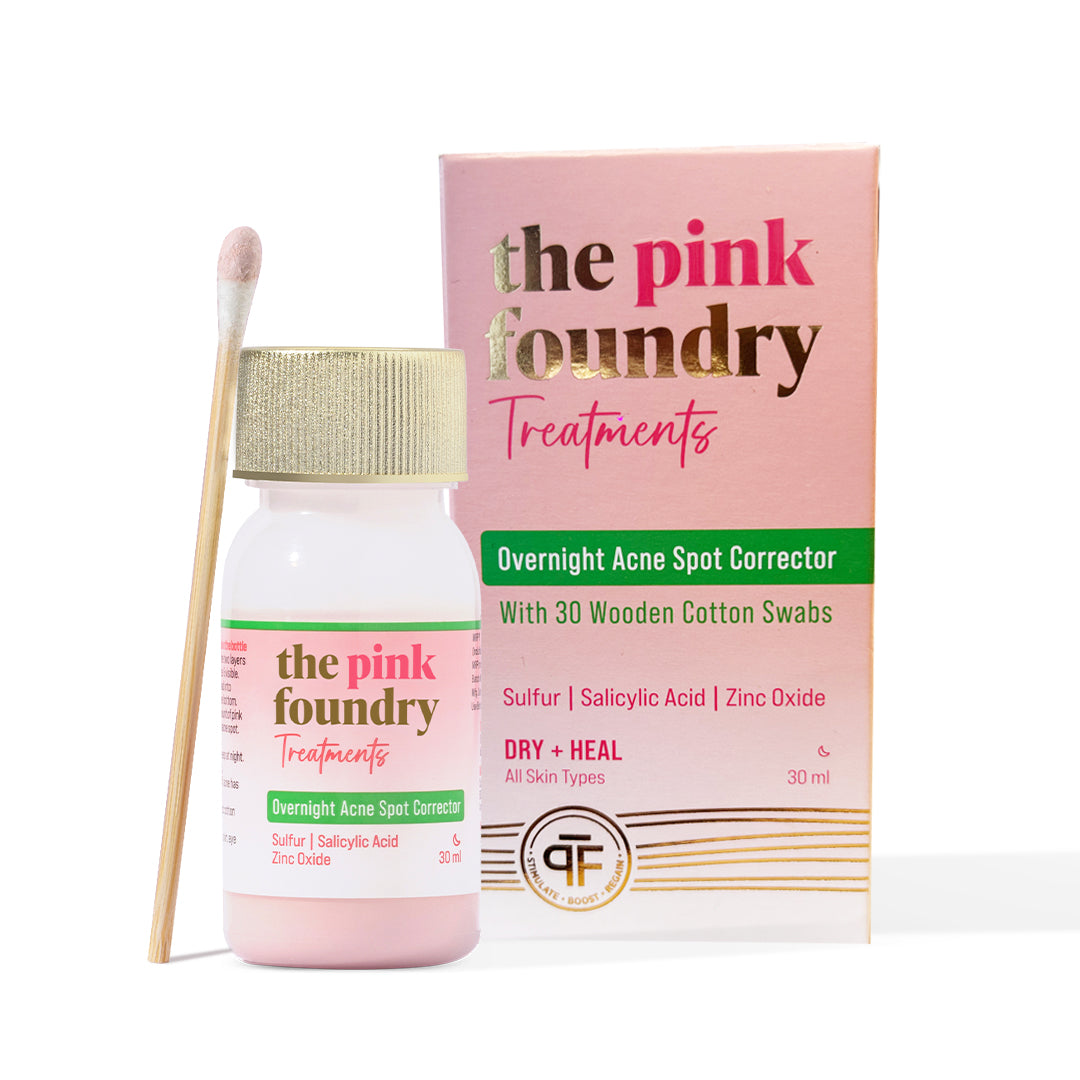
Leave a comment
This site is protected by hCaptcha and the hCaptcha Privacy Policy and Terms of Service apply.